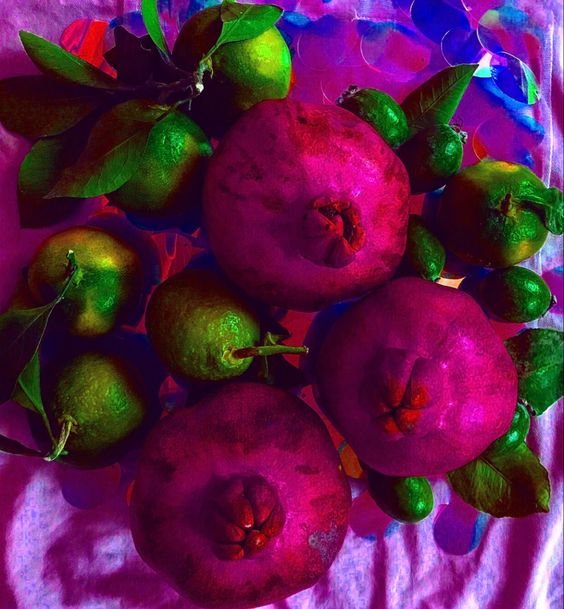Tripping on Miracle Berries
The ins and outs of flavor tripping
Written by Anna Lazin, Contributing Writer
The miracle berry has been given its name for valid reasons, and I am here to tell you why. Do you know that unbearable feeling of biting into a lemon? Your taste buds sting and you instantly wince—a natural rejection response from the body. What if I told you that a miracle berry has the power to make a bitter lemon taste just like lemonade? I know this seems fairly unimaginable, but let me tell you about the science behind it.
Miracle berries are derived from the Synsepalum dulcificum plant, a plant native to tropical West Africa. It was originally used by the West Africans to sweeten their sour palm wine. The plant produces vibrant red berries that contain miraculin, which is a glycoprotein and taste modifier. When eaten, this miraculin binds to the sweet receptors rather than the sour receptors on our taste buds. When in contact with acidic foods, the miraculin changes shape and amends the way our tongue receptors respond to acid (How it works, 2021). The receptors then fire a signal to the brain telling it that sweet food is being consumed. After 15 minutes to two hours, depending on your anatomical features, your tongue should be modified (How it works, 2021).
I have seen dozens of people online do taste tests with the miracle berry, which is where I became familiar with the fascinating product. You can purchase miracle berries from retailers such as Amazon, where they are sold as “tablets.” Many people online will have a whole list of foods lined up to try, including but not limited to lemons, limes, grapefruits, vinegar, kombucha and beer. These various citruses are said to taste like sorbets and pies. Vinegar and kombucha taste like soft drinks and stout beer tastes like chocolate (Farrell & Bracken, 2008). The list is endless, and people are still trying new things, some of which are not necessarily sour. Cream cheese, for instance, has been tested and is claimed to taste just as good as cheesecake. Strawberries taste like they have been coated in sugar (Theoharis, 2014). Sour or not, the experience of eating a miracle berry will truly take you on a flavor trip.
Flavor tripping is a different state of consciousness. Your perception of taste––one of the five senses––and thought patterns are counterintuitive. Innately, we know what certain foods taste like so when our brain is challenged and the flavor profile does not match, it makes us ‘trip.’
This form of tripping, however, does not induce any harm to your body (How it works, 2021). In fact, it is seen as an effective method for diabetics (How it works, 2021). After an hour or so of full effect, the miracle berry properties should subside, but in some instances, flavor tripping has lasted up to 18 hours (Wasserman, n.d.). Again, it’s very dependent on the person.
So, have some fun, try it with friends and see exactly how altering this miracle berry can be.
Sources:
Farrell, P., Bracken, K. (2008, May 28). A tiny fruit that tricks the tongue. The New York Times.
How it works: Miracle fruit berry. (2021). Mberry.
Wasserman, R. (n.d.) Miracle Berry Side effects. Livestrong.
Theoharis, T. (2018, October 9). Geeky recipe and party ideas. The Geeky Hostess.
